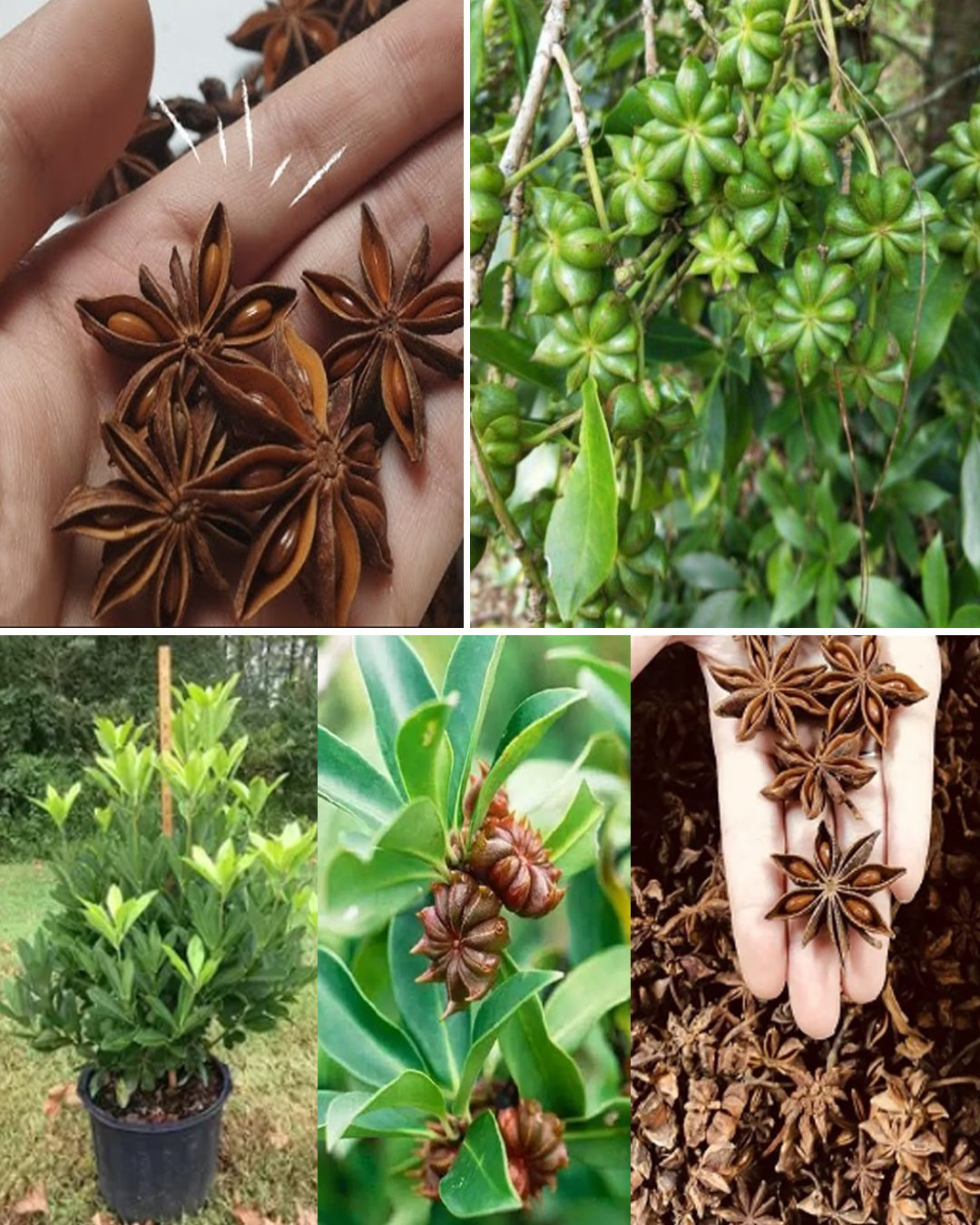
Growing anise in a container can be a convenient way to cultivate this flavorful herb, especially if you have limited space or want to control its spread. Here are some tips on how to care for anise in a pot:
- Selecting a Container: Choose a pot that is at least 12 inches deep and has drainage holes at the bottom to prevent waterlogging. Anise has a taproot, so a deeper container will allow it to grow more freely.
- Potting Mix: Use a well-draining potting mix rich in organic matter. You can mix equal parts of potting soil, compost, and perlite or sand to create a suitable growing medium.
- Planting: Sow anise seeds directly into the pot at a depth of about 1/4 inch. Alternatively, you can start with seedlings or transplants. Space the seeds or seedlings about 6 inches apart to allow for adequate growth.
- Sunlight: Anise prefers full sun, so place the container in a sunny location where it will receive at least 6-8 hours of sunlight per day. If growing indoors, place the pot near a south-facing window or provide supplemental grow lights.
- Watering: Keep the soil consistently moist but not waterlogged. Water the anise plants whenever the top inch of soil feels dry to the touch. Avoid overwatering, as this can lead to root rot.
- Fertilizing: Anise doesn’t require heavy feeding, but you can apply a balanced liquid fertilizer diluted to half strength once a month during the growing season to encourage healthy growth.
- Support: As the anise plants grow, they may benefit from staking or support to prevent them from flopping over. Use bamboo stakes or a small trellis to support the plants as needed.
- Pruning: Anise plants can become leggy if not pruned regularly. Pinch back the growing tips occasionally to encourage bushier growth and to prevent the plant from becoming too tall and spindly.
- Harvesting: You can start harvesting anise leaves once the plants reach about 6 inches in height. Simply snip off the outer leaves as needed, leaving the inner leaves to continue growing. For seeds, wait until the flower heads have turned brown and dry before harvesting the seeds.
- Overwintering: Anise is an annual herb but may self-seed if allowed to flower and set seed. In colder climates, you can bring the container indoors before the first frost and place it in a cool, bright location to overwinter. Alternatively, you can collect seeds for planting the following year.
With proper care and attention, you can enjoy a bountiful harvest of fresh anise leaves and seeds from your container-grown plants.
